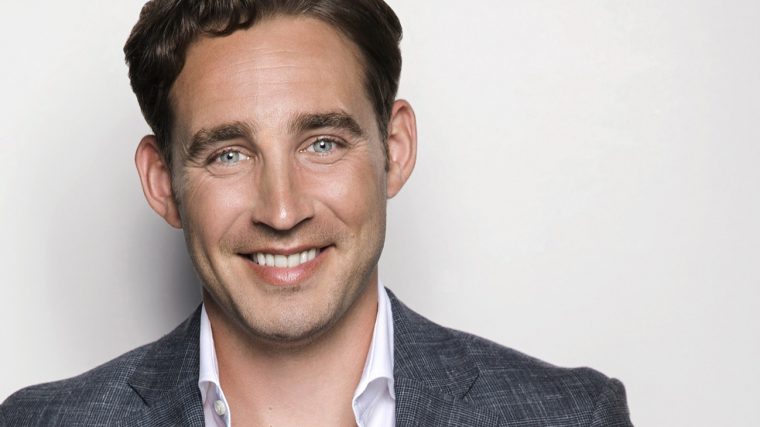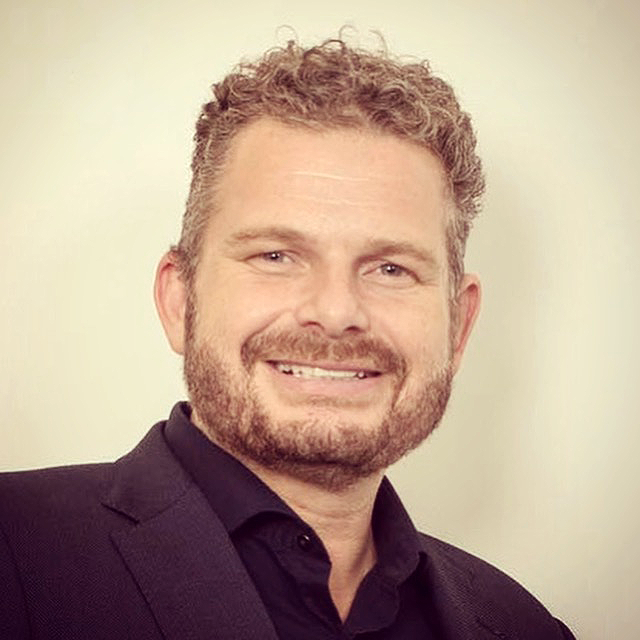
All sales start with a conversation, whether that happens over the phone, in person, or through email or direct mail. When it’s your job to start the conversation that will lead to a sale, you definitely want to begin with the right words. Today’s guest knows a lot about which words will best help you … Read more
Episode 105: Perfecting Your Sales Process – Scott Leese
In sales, perfecting your process can be the key to making more sales. But how do you find the right process? When do you know that you’ve hit on a process that works, and what do you need to do to customize it or improve on it for your situation? Today’s guest is Scott Leese. … Read more
Episode 104: Why AI Isn’t a Threat – Rob Käll
It’s easy to be suspicious or hesitant about the rapid advances in technology, especially in the field of artificial intelligence. Many people worry about being replaced in their jobs by some type of technology, and for prospectors, the idea of artificial intelligence can seem like a direct threat to their jobs. But it turns out, … Read more
Episode 102: The Traits of a Good Prospector – Phill Keene
What skills and attributes make for a good prospector? When companies are looking to hire prospectors, what traits are they looking for? Today’s guest has a good idea, and has had great success in hiring and training for his business. Phill Keene is the Director of Sales at Costello. Over the course of his career, … Read more
Episode 101: Keeping up with the Sales Machine – David Priemer
The sales machine is constantly changing, which means that sales professionals need to be constantly learning to keep up with the changing environment, especially at the top of the funnel. Today’s guest is an authority on sales training with some interesting insights on the education side of selling. David Priemer is the Founder and Chief … Read more
Episode 100: Tips and Tricks for Getting Referrals – Brandon Bruce
For prospectors, referrals are important. When you’re a business developer, it’s helpful if you can engage clients to the point that they’re willing to refer another business to you. Today’s guest is Brandon Bruce, the COO and Co-founder of Cirrus Insight. In today’s episode, Bruce will be talking about the top of the funnel. Listen … Read more
